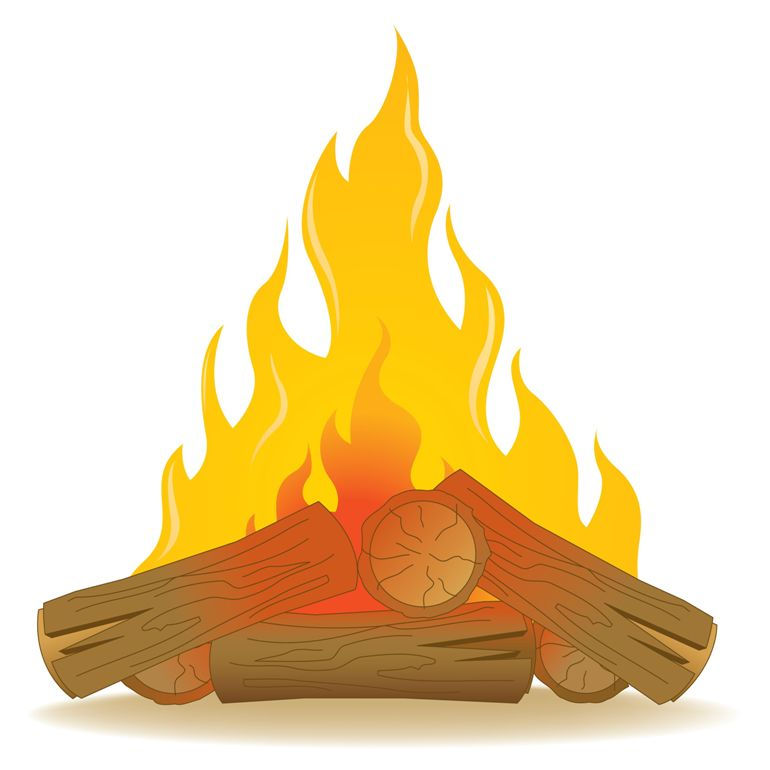Some "colourful" incidents in Rounds 1-3 have thrown up issues for umpires. In no particular order, they are

1. Law 31.7 Batter leaving the wicket under a misapprehension
An umpire shall intervene if satisfied that a batter, not having been given out, has left the wicket under a misapprehension of being out.
The umpire intervening shall call and signal Dead Ball to prevent any further action by the fielding side and shall recall the batter.
A batter may be recalled at any time up to the instant when the ball comes into play for the next delivery, unless it is the final wicket of the innings, in which case it should be up to the instant when the umpires leave the field.
An example of this Law in effect is where a batter believes she/he has been caught, and the umpire or fielder subsequently reveals that the ball has not carried. The call of Dead Ball is important to prevent attempts to run out the departing batter.
2. No Ball
The call of "No Ball" should be sufficiently loud for the striker's end umpire to hear. This will help avoid confusion over the action following the call - there might still be a lot going on - and of course the ball count in the over.
A reminder that it is a free hit after calling ANY No-Ball in a one day match (1st, 2nd, 3rd XIs only). Please ensure you make this clear to captains at the toss.
3. Umpire movement at the bowling end
When there is an appeal umpires should not move away from behind the stumps when making a decision.
If the batter is out, stand and signal clearly and hold the signal until the batter either begins to leave the wicket, or engages eye contact and it is clear she/ he understands your decision.
If the batter is not out and there is follow-up action such as a short single, make a clear call "Not Out!"as you move to position.
4. Umpire communication with players
It is imperative that all umpires speak to captains and players in a respectful manner, mirroring the behaviour/ speech they expect from players.
While this can be difficult in the face of rudeness or petulance from players, it is by far the best course of action and allows umpires to stay in control - cool in the moment - and possibly avoid escalation.
5. Umpire footwear
All umpires are required to wear predominantly white runners/shoes during matches.
6. Underage bowlers - VSDCA Rule 9.9.4; VSDCA Handbook p 32
In one day matches please adhere to the bowling restrictions for underage bowlers.
* Note: The VSDCUA provides one day cards so that umpires can record the overs each bowler completes, so please use them as captains rely on umpires to assist with managing bowling workloads.
Field technique tip: Using the one day card or your notebook, rather than simply crossing off an over against a player's name, record the actual number of the over bowled by each player. This makes for easy counting and has the added benefit of making corrections far easier. Be sure to check the overs bowled with your partner at the fall of every wicket and a each interval.
7. Short pitched deliveries in one day matches VSDCA Rule17.9.2 (b); VSDCA Handbook p 46
Any fast short pitched delivery, not being a no ball otherwise, which passes so high that it is not sufficiently within the strikers reach for it to be hit by the bat with a normal cricket stroke, shall be called and signalled WIDE by either umpire. Such a delivery shall be counted in the fast pitched limit of one allowed in PR 17.9.2 (a)
Warmer weather - stay hydrated, do your best, and have fun!
Neill Murray
VSDCA Appointment Manager


Comments